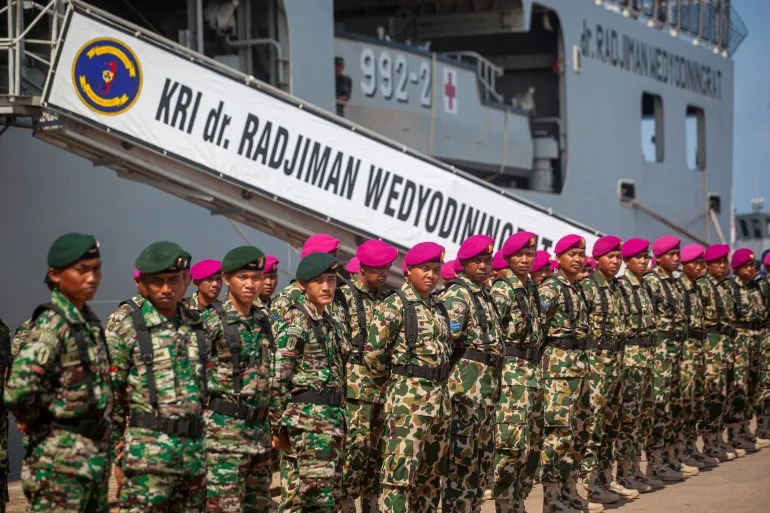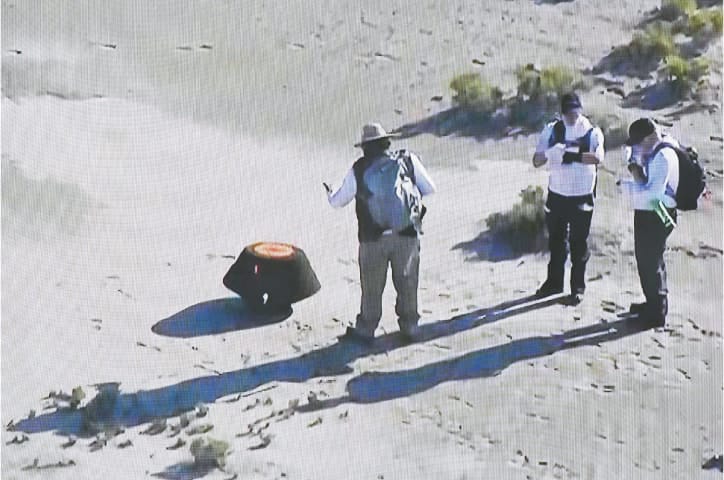In a significant milestone for the Association of Southeast Asian Nations (ASEAN), the ten-member regional bloc has completed its inaugural joint military exercises, marking a cautious foray into military cooperation. Organized by Indonesia, the outgoing chair of ASEAN, the five-day naval drills, known as the ASEAN Solidarity Exercise (ASEX 23), concluded on Saturday near Batam Island, south of Singapore. The exercise, aimed at enhancing collaboration between ASEAN member states’ militaries, primarily focused on humanitarian disaster responses. Against the backdrop of mounting tensions in the South China Sea, where China’s assertive actions have raised concerns among some ASEAN nations, this historic event signals ASEAN’s intent to foster regional stability through joint military endeavors.
Historic ASEAN Solidarity Exercise Concludes
The ASEAN Solidarity Exercise (ASEX 23) was first proposed during a meeting of ASEAN defense ministers earlier this year. Commencing on September 18 in Indonesia’s South Natuna Sea, these joint maritime drills included simulated medical evacuations, search and rescue missions, and disaster relief efforts. Singapore’s Ministry of Defence praised the exercises for contributing to confidence-building and fostering stable military-to-military relations among ASEAN member states, essential for regional peace and stability.
Reflecting on the significance of this milestone, Thomas Daniel, a senior fellow at the Institute of Strategic and International Studies (ISIS) Malaysia, commented, “ASEAN has never held a joint drill of any kind, so it’s high time one took place. It starts off with baby steps, and it’s important to see what happens next.”
A Focus on Humanitarian Relief Amidst Geopolitical Tensions
Southeast Asia is particularly susceptible to natural disasters, with frequent occurrences of severe weather events, earthquakes, and volcanic eruptions. Given the region’s vulnerability, coupled with the anticipated increase in the intensity and frequency of such events due to climate change, ASEAN’s decision to collaborate on disaster response is seen as prudent. Tom Barber of the Asia-Pacific Development, Defence, and Diplomacy Dialogue (AP4D) emphasized the importance of regional cooperation, underscoring the necessity for ASEAN nations to work together in addressing shared vulnerabilities.
Nonetheless, geopolitical shifts loom large. The growing rivalry between the United States and China, which has triggered a regional arms race and reconfigured security alliances, casts a shadow over ASEAN’s unity. Indonesia framed the exercises as a demonstration of ASEAN centrality, aiming to reinforce the organization’s relevance amidst great power competition. The emergence of groups like AUKUS and the Quad has intensified regional anxieties, particularly among countries that fear being coerced into choosing sides.
Challenges and Prospects for ASEAN’s Security Landscape
Participants in ASEX 23 included all ten ASEAN member states, with East Timor (Timor Leste), expected to join by 2025, also taking part. However, the level of participation was not uniform, with Myanmar participating only as an observer due to the military junta’s isolation following the coup in February 2021.
The heterogeneity of ASEAN’s military capabilities poses challenges to operational coordination. Countries like Singapore maintain high-tech and well-equipped armed forces, while others, like Indonesia and the Philippines, prioritize defense against specific threats. This divergence raises questions about the practicality of future joint military exercises.
Regardless of the varying military capabilities within ASEAN, the region collectively pales in comparison to China’s People’s Liberation Army (PLA). China’s assertive actions in the South China Sea have exposed divisions within ASEAN, hindering the organization’s ability to present a unified response.
As ASEAN evolves and navigates its security landscape, it faces formidable challenges, including the complex South China Sea disputes, climate change-related vulnerabilities, and the implications of great power competition. While the joint military drills represent a notable step forward, ASEAN’s journey towards enhancing regional stability is likely to be marked by incremental progress, cautious cooperation, and a continual search for common ground.
















